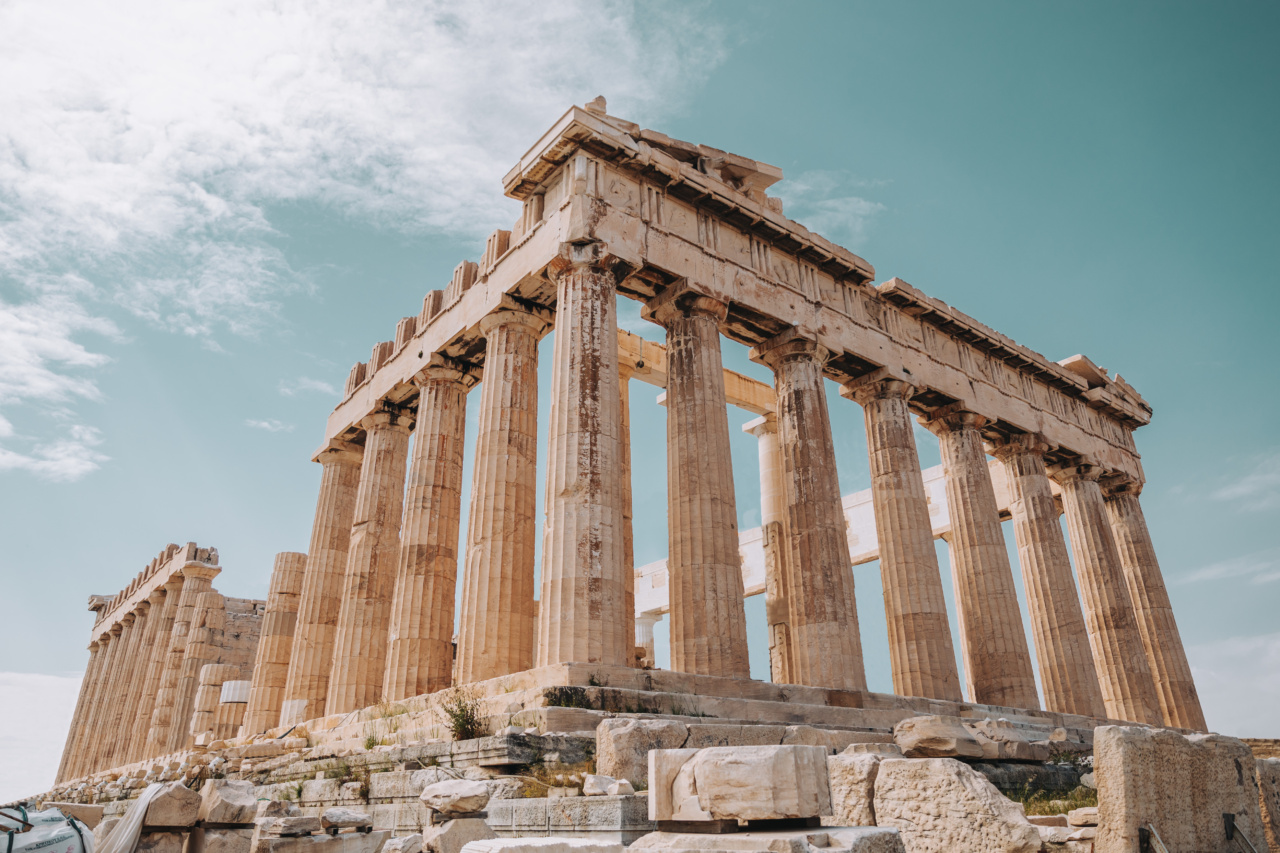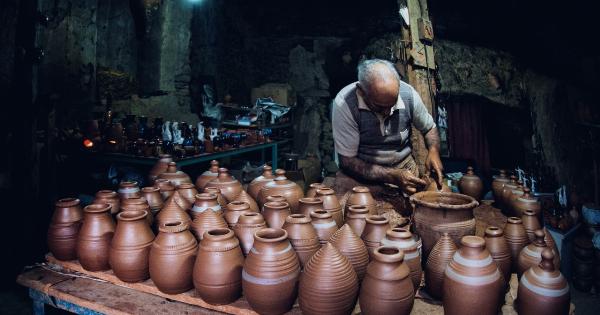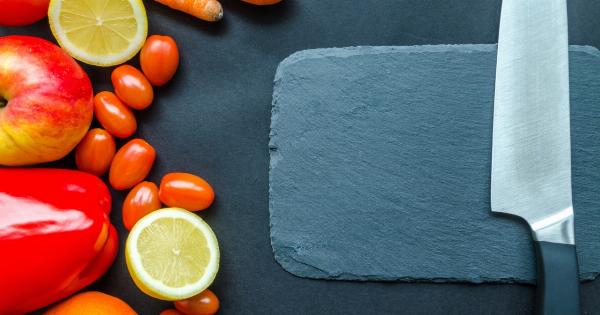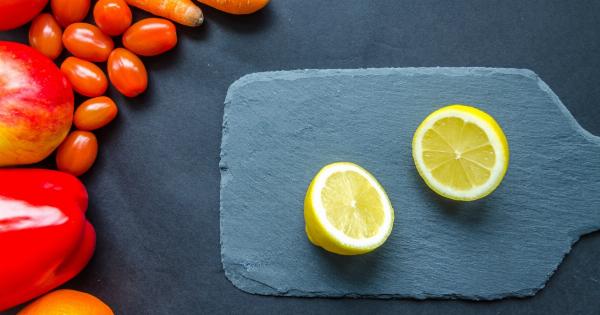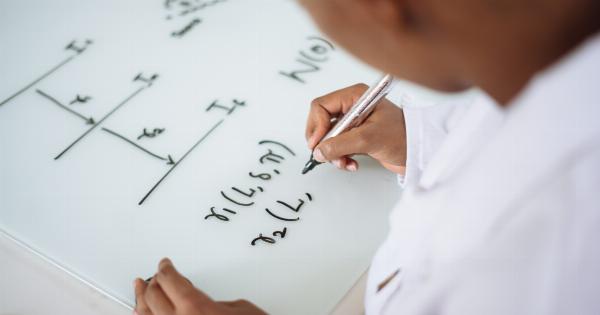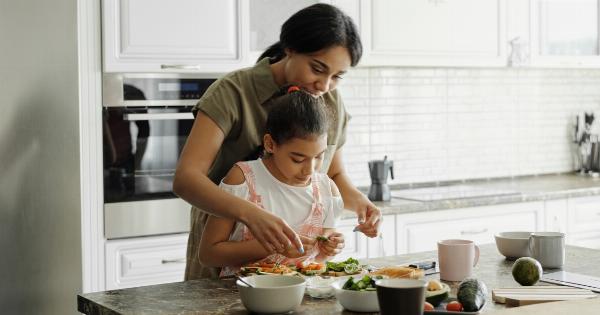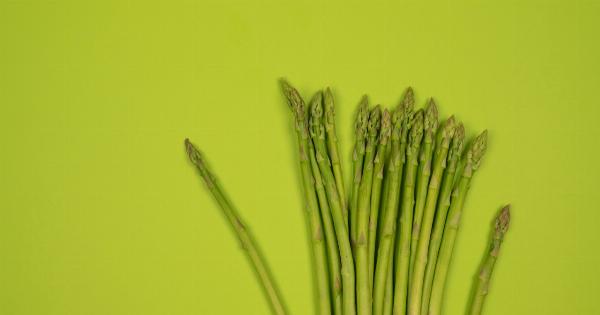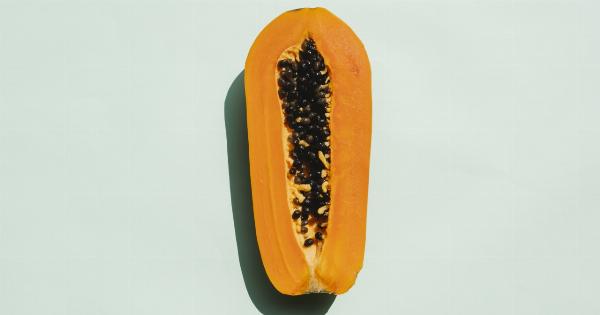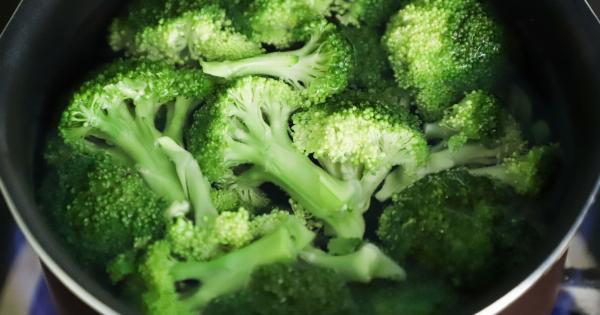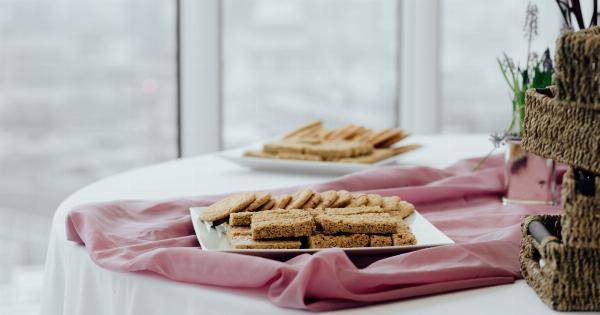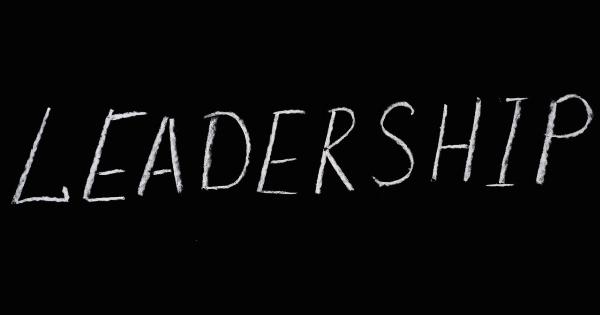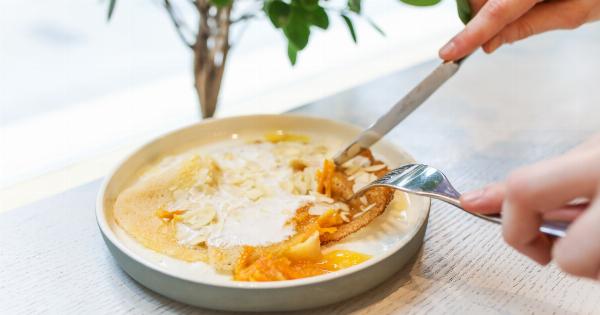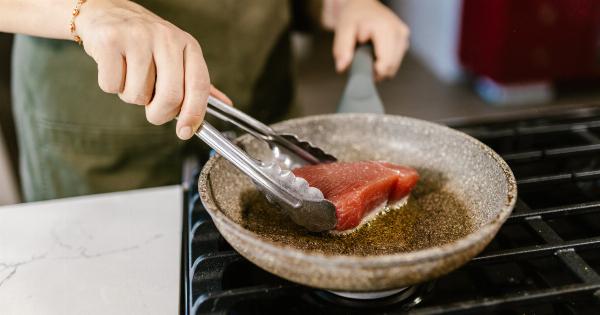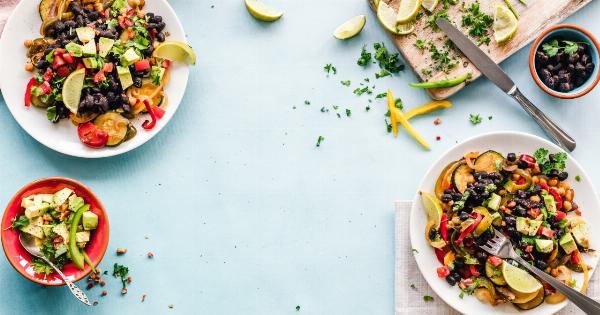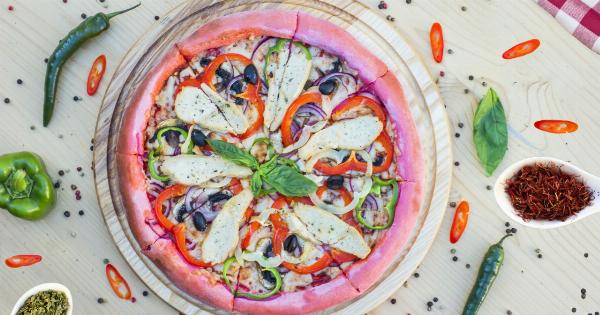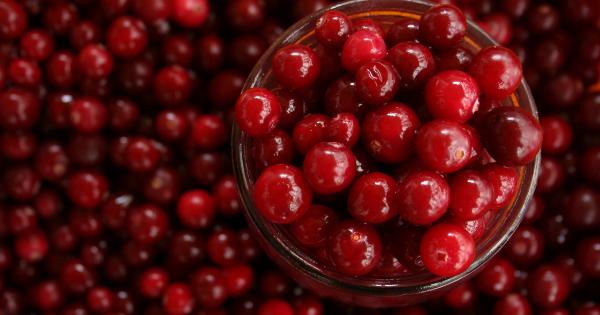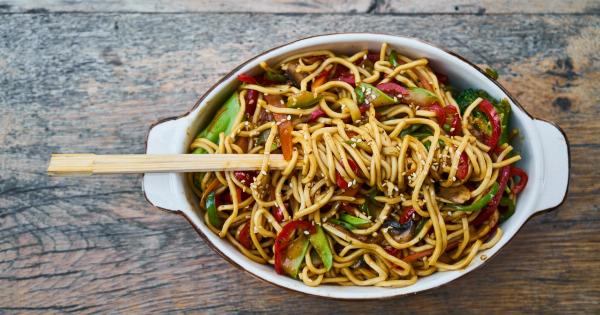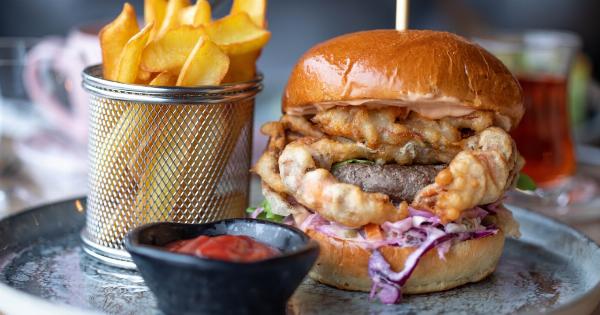The Victorian era (1837-1901) was a period known for its lavish meals and excessive consumption of food. The era was marked with an increase in industrialization and an expansion in trade which in turn led to a change in the way people ate.
The Victorian diet was influenced by factors such as class, occupation, and geographical location. The wealthy had access to an array of exotic foods while the working class was confined to a diet of simple, less expensive foods.
Exploring the Victorian diet provides a glimpse into the eating habits of the era and how it has influenced modern culinary practices.
Food staples in the Victorian era
The staple foods in the Victorian era were bread, potatoes, and meat. These foods were readily available and affordable, making them a common feature in most households.
Bread
Bread was a staple in the Victorian diet. It was made from wheat flour and was consumed in large quantities by all classes. Bread was consumed with almost every meal, and it was often served either boiled or roasted.
Potatoes
Potatoes were a cheap source of food in the Victorian era. They were a common feature in most meals, especially among the working class. Potatoes were boiled, mashed, and sometimes roasted.
Meat
Meat was a luxury item in the Victorian era. It was consumed mainly by the wealthy and was used as a centerpiece in most meals.
The working class could only afford meat a few times a week, and it was often used as a flavoring for stews and other one-pot dishes.
Exotic foods
The wealthy had access to an array of exotic foods due to an increase in industrialization and trade. Foods such as pineapples, bananas, and cocoa were imported from the colonies and became a symbol of wealth and status.
The wealthy also enjoyed a variety of game meats such as venison, pheasant, and wild boar. These types of meats were highly valued, and they were only consumed on special occasions.
Preparation of food in the Victorian era
The preparation of food in the Victorian era was time-consuming and required a lot of effort. Cooking was done over open fires, and meals were prepared from scratch. The following are some of the methods used to prepare food in the Victorian era.
Boiling
Boiling was a common method used to cook food in the Victorian era. Vegetables were usually boiled, and meat was often boiled to make soups or stews.
Roasting
Roasting was another popular method of cooking in the Victorian era. Meat was roasted over an open fire, and it was often accompanied by roasted vegetables such as potatoes and parsnips.
Baking
Baking was used to make bread, pies, and other baked goods. Ovens were usually located outside the house, and baking was done in large batches to save time and effort.
Canning and pickling
Canning and pickling were used to preserve vegetables and fruits during the winter months. Vegetables such as cucumbers were pickled, while fruits such as apples were canned.
Conclusion
The Victorian era was a period marked by social and economic change that revolutionized the food industry. The Victorian diet was influenced by factors such as class, occupation, and geographical location.
The wealthy had access to an array of exotic foods while the working class was confined to a diet of simple, less expensive foods.
The preparation of food in the Victorian era was time-consuming and required a lot of effort. Cooking was done over open fires, and meals were prepared from scratch.
Exploring the Victorian diet provides a glimpse into the eating habits of the era and how it has influenced modern culinary practices.
